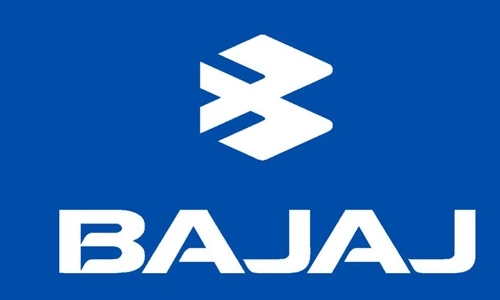Capital gains taxes can hinder people’s ability to reinvest in the same or similar ventures. This is especially true in locations where these taxes are sizable and/or depending on how capital-intensive the venture is.
As a result, reinvestment strategies that involve postponing capital gain tax payments are a welcomed development. Thankfully, this is what a 1031 exchange for mineral rights offers, which is what this article discusses. By the way, you can read this paper for more on capital gains and taxing capital gains.

Eligibility Requirements for 1031 Exchange
The is a capital gain tax-deferring provision for real estate investors as backed by the 1031st section of the Internal Revenue Service (IRS) tax code. This simply means investors can reinvest capital gains from the sale of investment properties.
However, there are eligibility requirements, and violations come with penalties. The eligibility requirements are as follows:
Exchanged Properties Requirement
Properties that qualify are typically those held for business or investment purposes. Prime examples of real estate properties that fit this description include those for:
- Commercial Activities – Such as restaurants, hotels, office buildings, and warehouses
- Industrial Activities – Such as distribution centers, manufacturing facilities, and factories
- Rentals – Such as condominiums, apartments, rented townhouses, and single-family apartments
- Land Investments
- Agricultural Activities – Such as ranches, farmland, and orchards
This is as opposed to properties held for personal use. The IRS may exclude a personal residential building from eligible real estate property because the owner does not hold it for business or investment purposes.
New Property’s Value
The value of the new property must at least be the same as the exchanged property’s value. It is also permissible to acquire new properties that have a greater value than the exchanged properties.
Timeframe
After the sale of the original asset, identification of replacement property must happen within 45 days. Furthermore, the law requires completion of the entire process within 180 days.
Mineral Rights for 1031 Exchange
Having mineral rights implies ownership of natural resources under a property’s surface. Oil, coal, gas, and minerals are prime examples as having ownership rights to these natural resources can generate income, especially in the form of royalties.
However, not all ownership rights to natural resources qualify. The IRS’s clear rule on 1031 exchange into mineral rights is that the ownership must qualify as real property. This is rather than royalty interest or even lease. Provided one meets this rule, one may exchange mineral rights for the following:
- Real Estate Properties that Contain Mineral Reserves
- Other Kinds of Mineral Rights
- Working Interests in Natural Resources Operations
One must establish permanent land ownership to qualify for this form of tax deferral. Furthermore, having a leasehold interest may not be enough.
Steps for Conducting a 1031 Exchange for Mineral Rights
Sale of Existing Property
One must sell the original property and then reinvest the proceeds in a like-kind venture. As stated earlier, there is an IRS-stipulated time frame for these processes.
Engaging QI (Qualified Intermediary) Service
This professional oversees the entire process. For example, the QI has the responsibility to hold the proceeds of the sale intended for reinvestment. This professional also ensures you do not exceed the timeframe for identifying a valid venture and completing the exchange process.
Identification and Acquisition of Mineral Rights
In this context, you must identify the ideal replacement property. Note that the exchange venture does not have to involve mineral rights; it can involve several kinds of real estate ventures.
The IRS requires adherence to its regulations at every stage of the process. Violation can invalidate the entire process or result in serious penalties. To avoid this, some major rules to adhere to include:
- Reinvestment of All Proceeds
- Proper Valuation of Both Original and Exchange Properties
- Detailed Documentation of all Processes
Benefits of Using a 1031 Exchange for Mineral Rights
Some of the benefits for investors that make the most of 1031 exchange for mineral rights are:
Tax Deferral
Given how capital gain taxes can hinder reinvestment opportunities, arrangements like the 1031 exchange help ensure that investors have sufficient funds to reinvest.
Portfolio Diversification
The usual approach with a 1031 exchange is reinvestment in traditional real estate. However, the possibility of using a 1031 exchange for mineral rights offers a chance for portfolio diversification for investors.
Potential for Passive Income
Mineral rights can generate income not only through their sale but also via royalties, which is a passive revenue stream.
Hedge Against Inflation
These investments have a track record of significantly appreciating over time. This is particularly true during periods of inflation. Gold, as a precious metal, is a prime example. For more insight into this, you can see: https://www.cbsnews.com/.
Conclusion
There is so much that investors stand to gain if they make the most of a 1031 exchange for the purpose explained above. However, there are also risks and challenges to be aware of, including market volatility, IRS compliance risks, and ownership and legal issues.
As a result, investors should do everything reasonably possible to avoid these concerns. That includes hiring the right qualified intermediary service.














